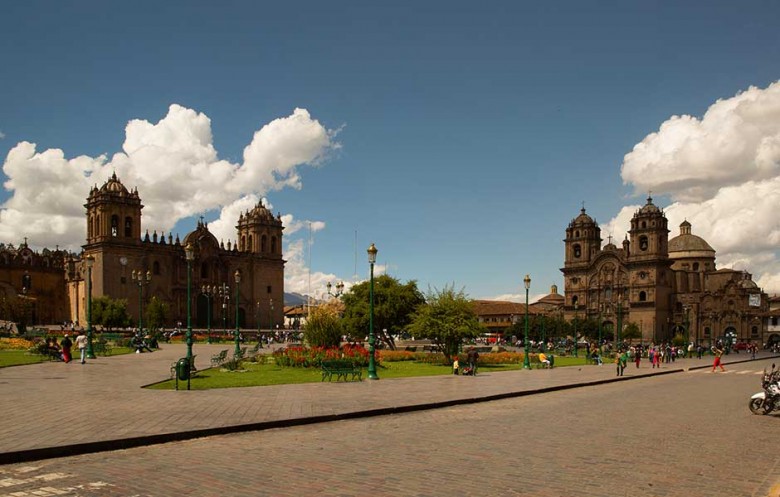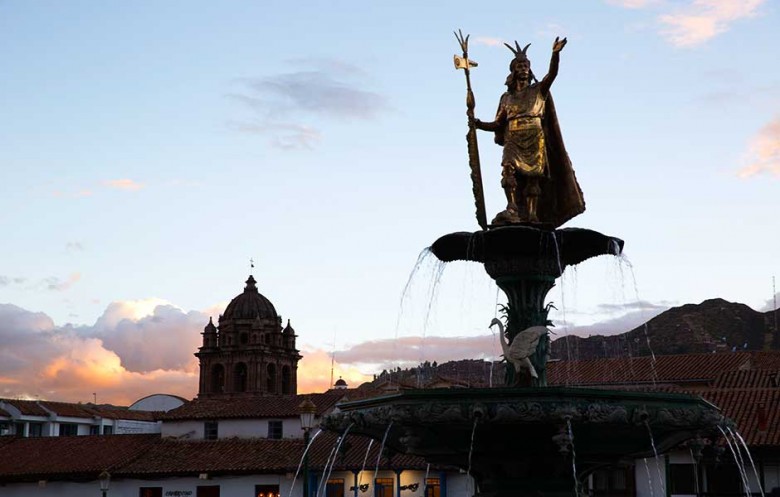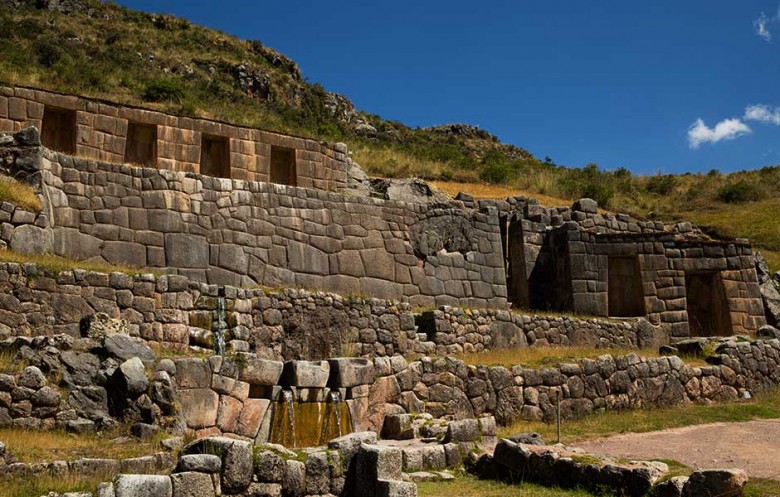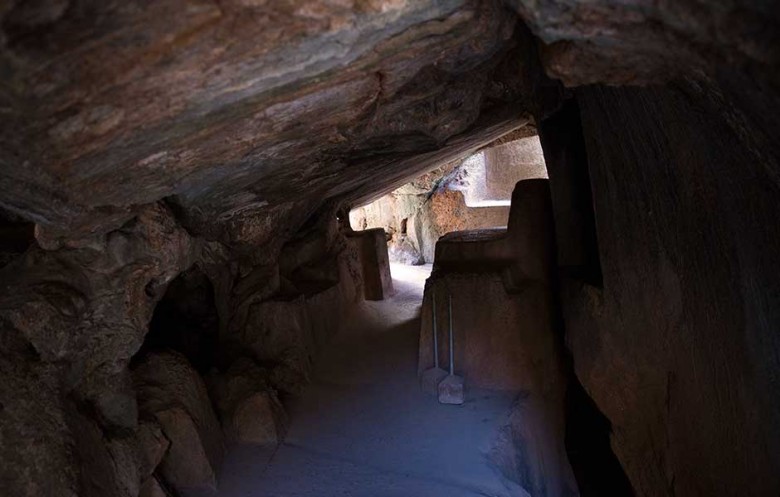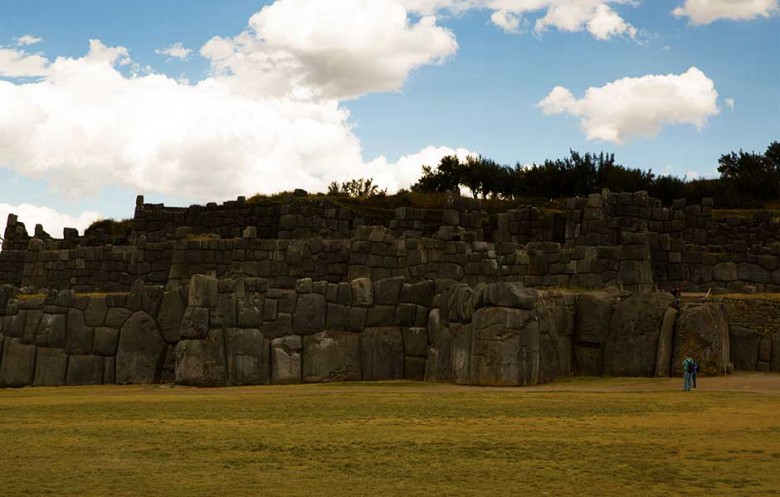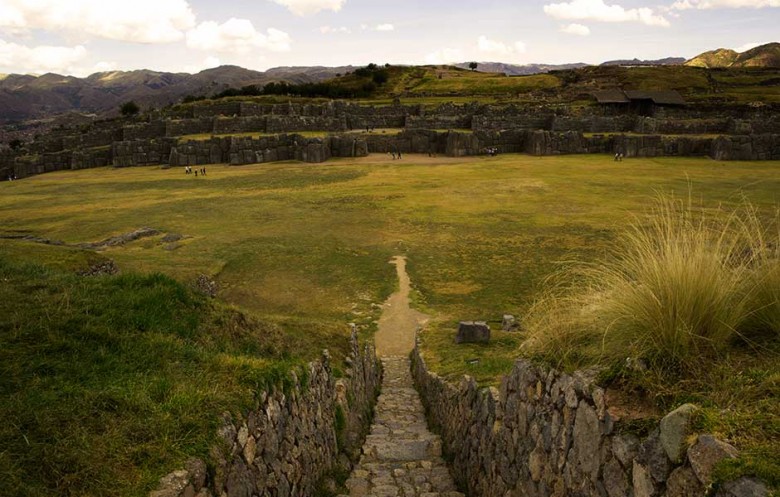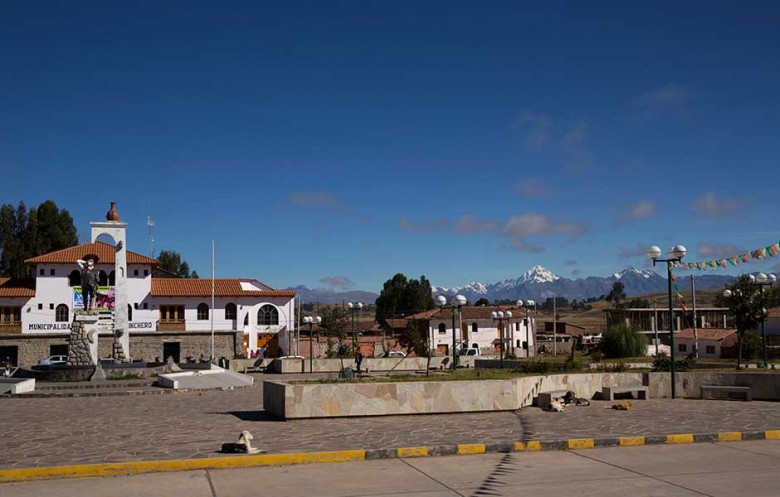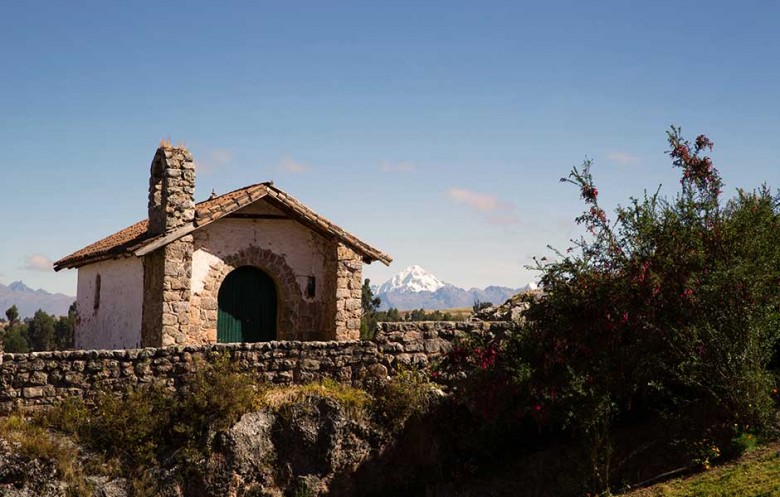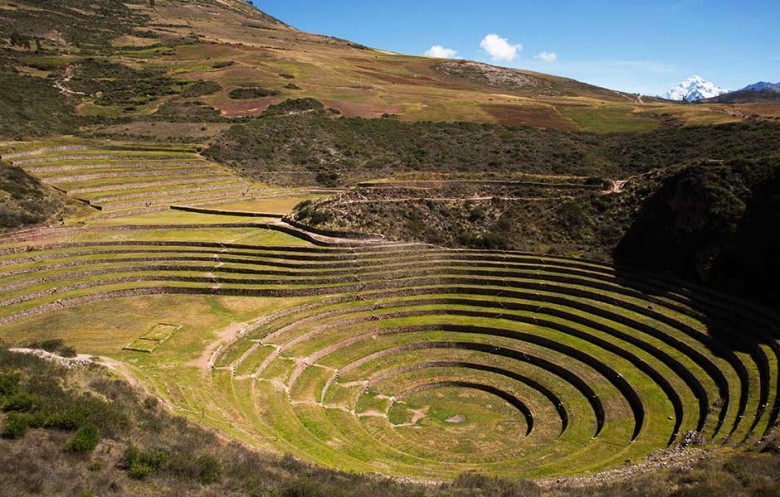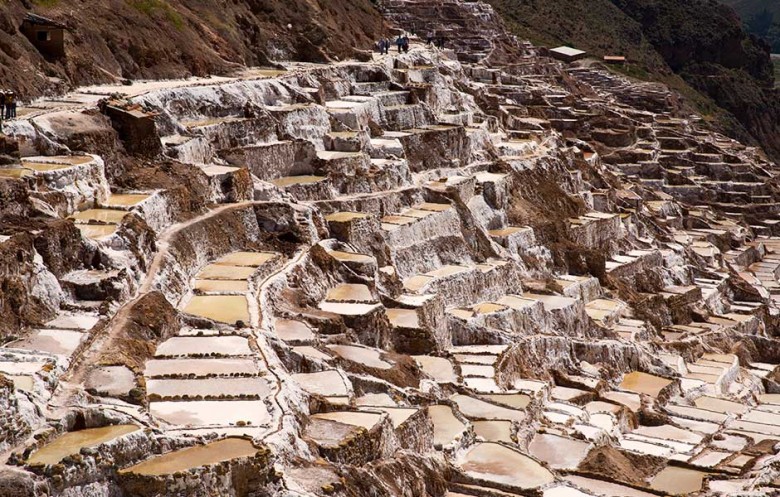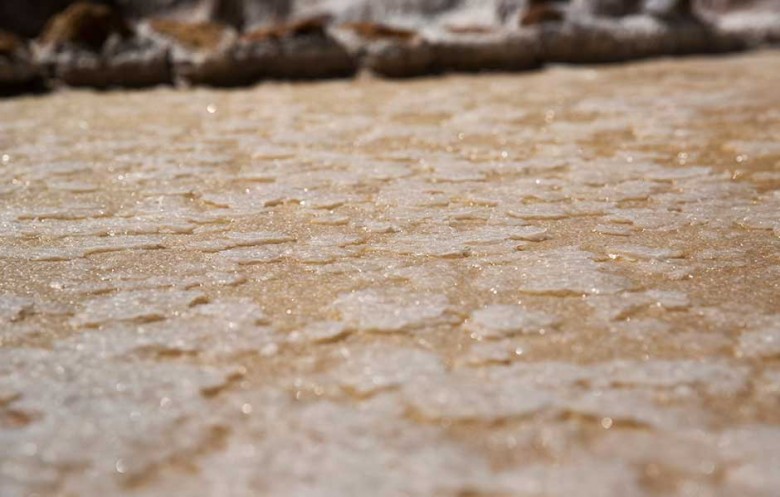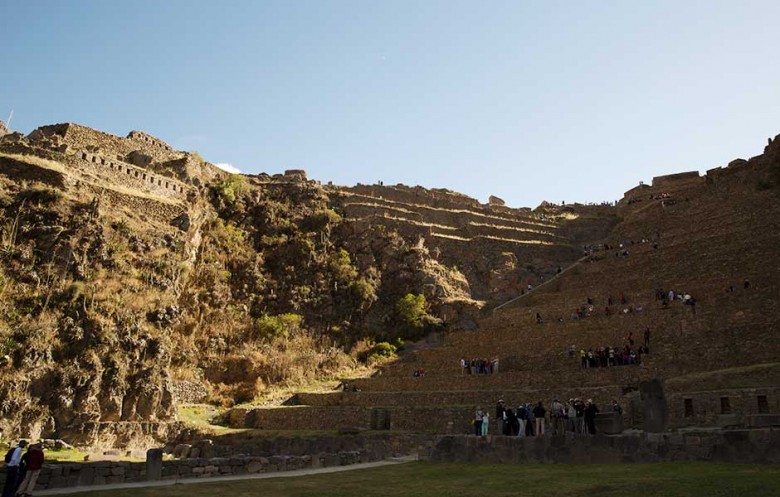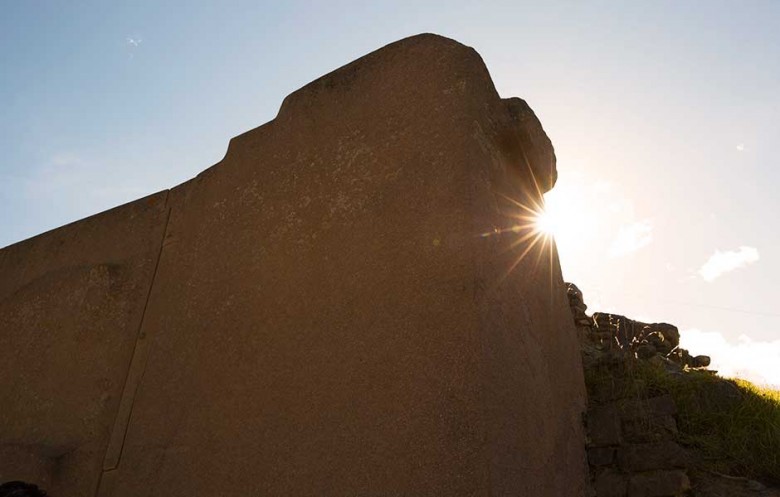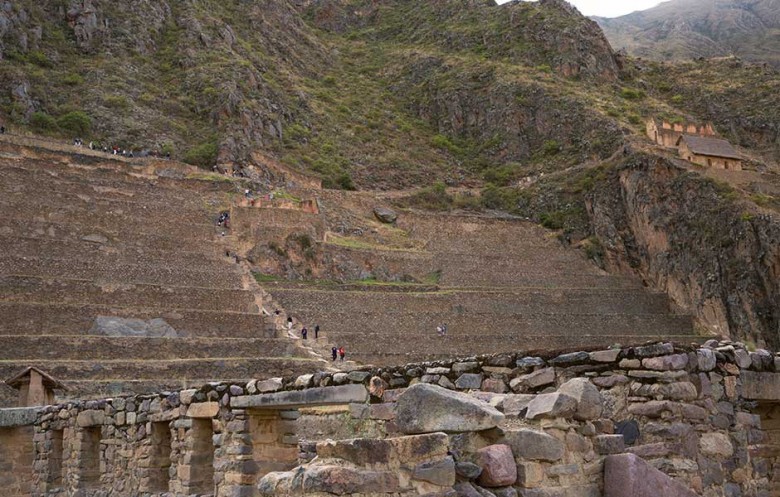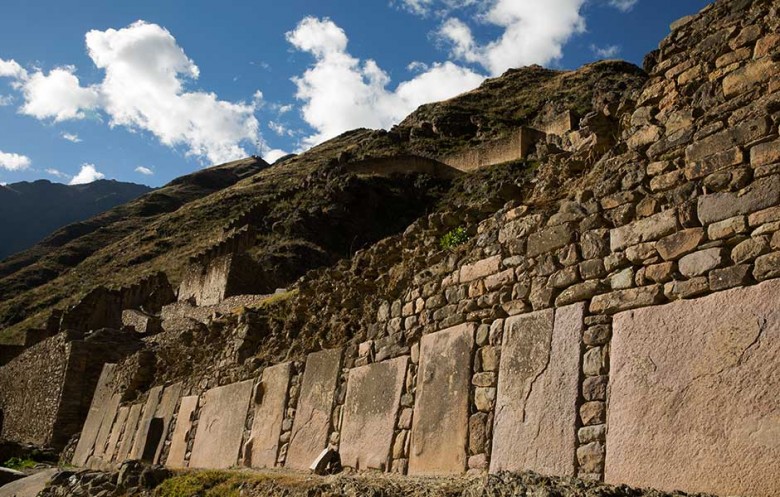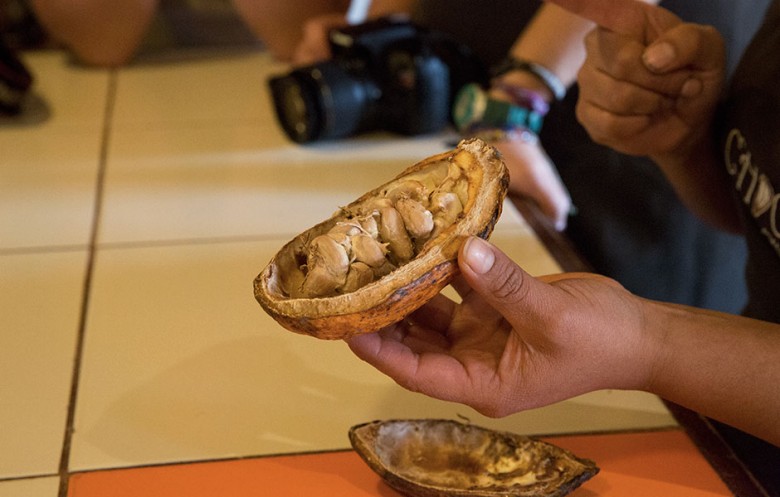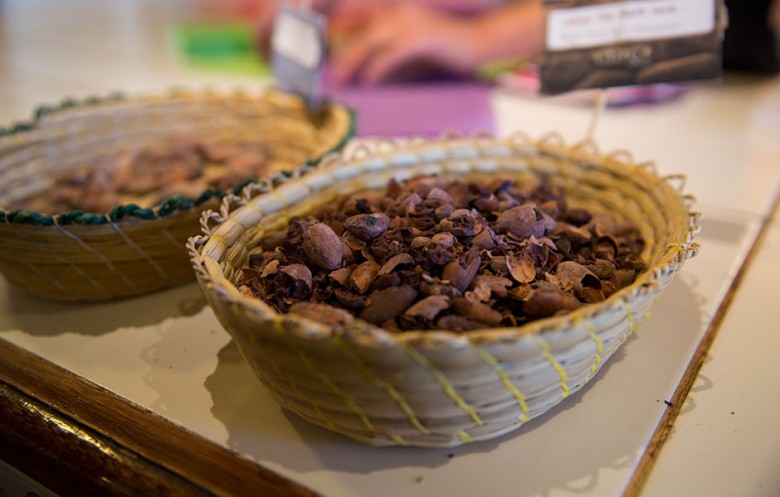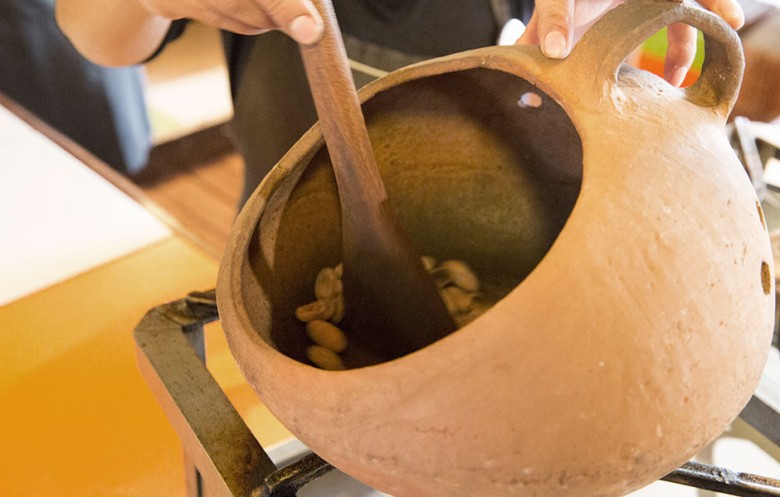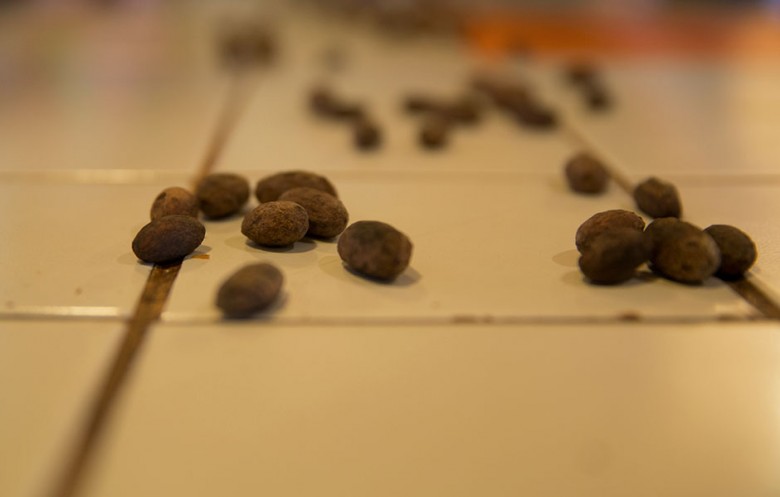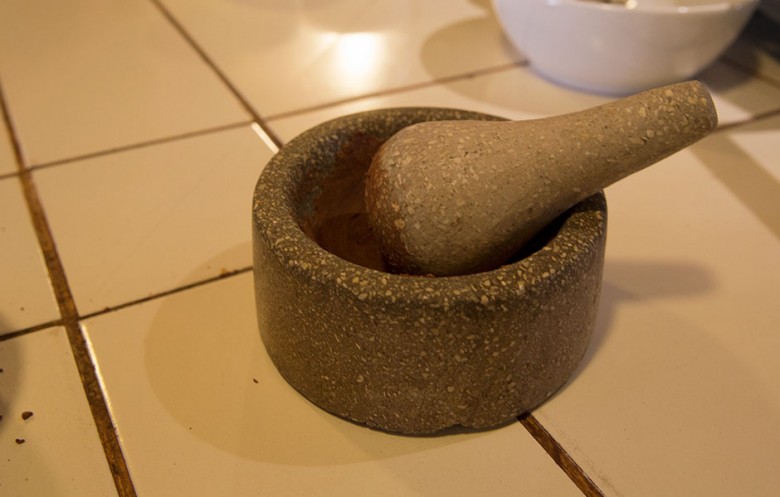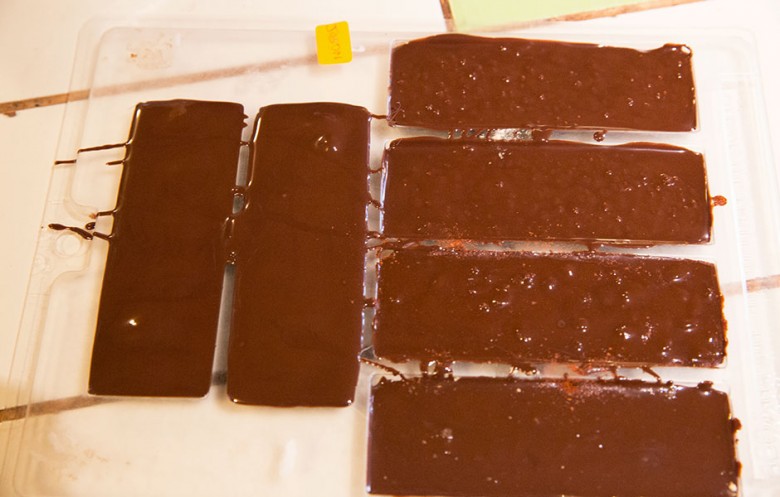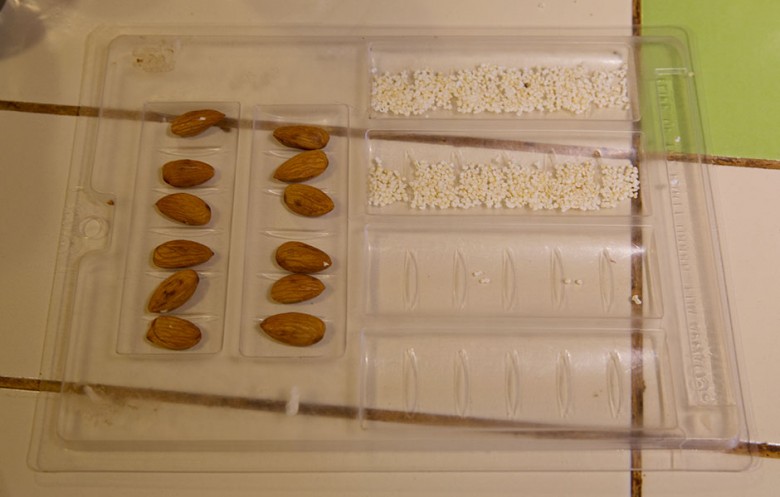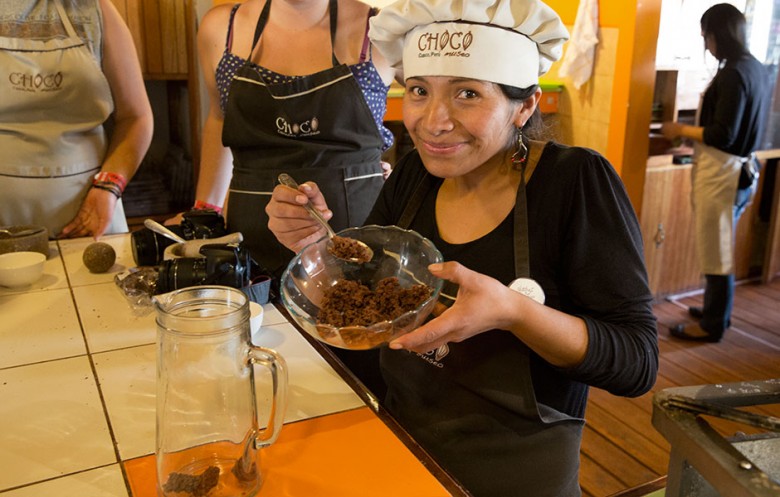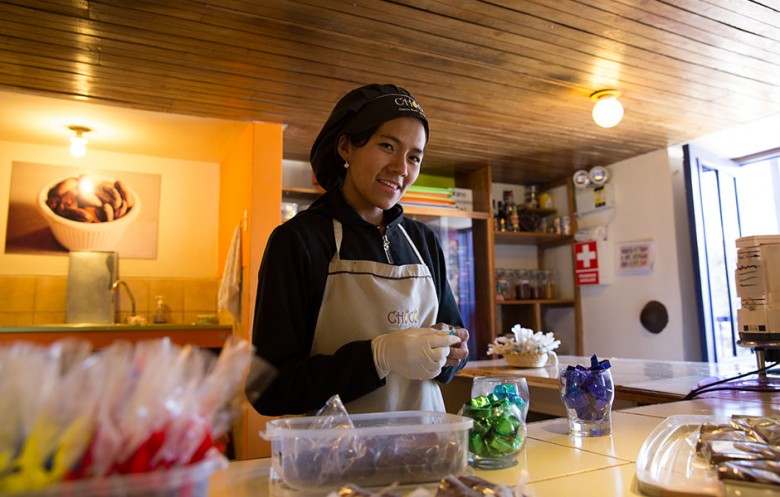Most us want to save money and know we should. Maybe we want to travel, buy a house, retire early, or just save because we know we should. If you want to travel, have the financial freedom to make your own decisions independent of income, and feel secure, then investing is really the only way to accomplish that. You could marry someone rich, I suppose, though that is not a very solid or reliable long term strategy.
The problem is that we aren’t sure how to go about it. We might have some investments in a 401(k), maybe a little bit in a savings account, or we just have it stashed away in the house somewhere. Saving and investing money the right way is easier than you know and will provide you the financial freedom to do the things you want. There are simple and easy ways to save your money while growing it over the long term, without the risk of losing everything you worked so hard for. This guide will walk you through them. It’s long, but by the end you will know what you need to do.
A few caveats right up front. I am not an investment advisor. While I do consult for a major financial institution, I do marketing not investing. This guide is not affiliated with them at all. The strategies I write about have worked for me, but your financial situation is likely different so you will want to consider what makes sense for you and your particular situation before investing. This guide is also geared toward Americans because that is what I know, though the basic concepts should apply just about anywhere.
Why Should You Save?
Let’s clarify a few things. You need to save. You cannot count on someone else taking care of you forever, Social Security only provides a small amount of money, and you probably don’t want to be working your whole life. Putting you money in something other than the cookie jar or savings account is also important. Inflation (rising prices) is practically guaranteed. Over time, your money is worth less because its buying power is reduced due to the rise in prices. You need the money you save to beat inflation, which is typically 3-4% a year (though it fluctuates).
You probably think you have all the time in the world to save. Actually, the earlier you start saving the better. I started saving around 24 to save as much as I could. The difference between starting to save $200 a month over 10 years at age 25 and saving $400 a month for 10 years is huge. So much in fact, that the person waiting will never catch up in 30 years even though they he is investing twice as much.
The reason saving earlier helps is through compounding. Compounding allows your earlier savings to build on themselves over time. Any earnings are added back to the original savings, so those earnings also gain earnings. This is a major part of successfully investing. For it to work, you need to give it time, so start now. It is never too little or too late to start investing.
Return on investment also has a huge impact. Saving earlier gives you more opportunities to increase your return and not be stuck in a short period of time getting a poor return. It is impossible to know when the economy will be good or bad, so spreading your savings out over a long period of time gives you more time to weather economic downturns.
The key takeaways are to start investing as early as possible as much as you can. It is always the right time to invest. If you wait for a perfect market or for your situation to become perfect, you will never invest. Even starting with $50 a month is fine. Just start investing now.
Where to Find Money to Save
I am going to assume you have some sort of income, most likely a job, your own business, or something sort of income. The question of where to find money to save really boils down to lowering your expenses. There is no single right thing to do to lower your expenses. It is about your priorities and your goals. For me, I do not want to have to do any kind of work after age 45 so everything is do is with that in mind. You are probably different, but it is important for you to figure out what your goals and objectives are and then find ways to reach them.
Your biggest expense is usually your home. If you have a house, ask yourself if you need that? Houses are expensive to own and maintain. Taxes, repairs, and general expenses for a home, not to mention the cost of “filling” the home with nice things, I quite costly. Perhaps you can downsize to a smaller house, move to a cheaper location, or get an apartment instead. If you have an apartment, is it possible to downsize or move to a less expensive location? Keep in mind transportation costs and quality of life—those are important. I used to have a big house, but I rarely used even half of it. The cost just did not make sense, especially if I wanted to “retire” earlier. I rent instead now.
A car is your next biggest expense. Consider getting rid of your car. Most people have a car for convenience. The cost of maintenance, insurance, parking, and gas making it an expensive convenience though. Most people in cities have access to mass transit, hourly rental vehicles (like ZipCar), or a traditional car rental. The cost of those are far less than owning your own car.
Unless you are commuting a long distance (then you should ask yourself if that makes sense, economically and otherwise), you probably don’t use your car as much as you imagine. If you absolutely need your car, try to find cheaper insurance (not less insurance, but less expensive for the coverage that is right for you). You really can save a lot by calling around to different insurance companies. See if you can share costs with a fellow commuter through a ride share program. Are their cheaper parking lots just a bit further away?
Track your spending and decide what your priorities are. The best way to do that is with Mint. Mint is free and you can track income, expenses, set goals, receive alerts, and help you manage your money. You should absolutely be using Mint or a similar program. Log in to it at least once a week and make sure you keep an eye on what is happening. It is really important to know where you are spending your money. Just seeing what you are spending money on will help you be better about your spending habits.
Ask yourself, do you need the latest fashions or the newest CD? Does it make sense to eat out all the time? Do you need a $5 coffee every day? Is $100 a month cable as must? Or Netflix and Amazon Prime and Hulu Plus? Do you watch enough TV to justify that? Do you want to keep watching that much TV? These are personal decisions and you should certainly do what you feel is important. Just ask yourself if you need all of those TV subscriptions, magazine subscriptions, and newspaper subscriptions. Ask yourself if you can cook at home more often, go to the library or borrow a book instead of buying a new one. Look at the areas you are spending your money and see if you can cut out the stuff you are not enjoying or using.
Another way to help control spending is to wait a few days before making any big purchases. If you still want to make the purchase, then go for it. Though, after a few days you may find that your enthusiasm for the purchase has decreased. I also make it difficult for myself to purchase by not saving my credit card information with companies.
I don’t have one-click purchase set up with Amazon, and I don’t have a credit card on file with iTunes or other merchants. Basically, if I want to buy something I have to spend the time to dig out my wallet and enter my credit card information. This makes me less likely to make impulse purchases. I might not even keep credit cards in my wallet. If they are not handy and I have to go to a lot of effort to get them, I am much less likely to use them.
Some people have also found success by using cash for their purchases. You basically put cash in envelopes for each of your monthly expenses. When that is gone, you don’t spend anymore for the month. Whatever works to keep your spending under control, you should do it. Too many people spend without thinking. Just add a little interruption and force a bit of effort, and you will find you make less impulse purchases.
It’s important to note, this is not an exercise is in denying yourself. You want to decide what is and is not important to you. If you decide that it is important to have a $5 coffee every morning, then it is. You should not prevent yourself from having fun or enjoying small things. The reality is that those things matter and they are important to enjoying yourself. Just ask yourself if they are really that important or if you are just doing it out of habit, and if you need them as often. Maybe you don’t need cable, but you do need Starbucks, though perhaps you can have Starbucks on Mondays and Fridays instead of every day.
Start removing unnecessary things slowly. You don’t need to shock yourself immediately. Not only is this good economically, less crap provides more peace of mind.
Let’s Talk Debt
Some debt is good (like a student loan for education or a mortgage). Presumably, value was gained in the assumption of the debt. In the case of student loans, you receive an education that increases your income earning potential. Despite what some foolish people say, having an education is much, much better than not. I know student loans can be burdensome, but with an education you have much better earning potential and you are more likely to do better during economic downturns. Buying a home is also a good reason to take on debt. You get a place to live, for one thing, and despite the recent hit to housing prices, home ownership right now can make sense economically for a lot of people. It’s reasonable to pay for something over time if you are gaining value from it over time.
What is important to keep in mind is that you need to be gaining real value. If you are not, then it doesn’t make sense to take on the debt or keep spending money to maintain the debt.
Credit card debt does not count as good debt. Mostly this is because the things you typically buy with a credit card do not provide any long term value to justify the expense (CDs, groceries, gas, etc.). You are also paying a much higher interest rate than you would on a regular secured loan. It is the kind of debt that is important. That is why the first thing you should do before saving is pay off your credit card debt. That is an automatic savings for you since you are not paying interest on that debt. You should pay your balance off each month and only in rare situations carry a balance. You can do so for a couple months if there is a good reason, like an emergency—a real emergency, not a I-need-drinks-with-my-friends emergency.
A Rainy Day Fund
Many financial advisors suggest having a raining day fund. I agree, though I do not necessarily think it needs to be in cash or cover 6 months of expenses. Cash is an “investment,” though an extremely weak one. The benefit is that it tends to be low risk, but you pay for that low risk. The value of the dollar remains constant relative to your expenses which are also in dollars (if you start talking different currencies, it is a new game). Inflation can erode the value of the dollar. As prices increase, your dollar is not keeping up and so your purchasing power decreases. The value of a dollar today is not the same as 1973, or 1873 for that matter. It makes sense to invest your dollars somewhere.
The reason financial advisors suggest having cash on hand for emergencies is that you need to be able to access it quickly (this is called liquidity) and dollars sitting in a bank account are extremely liquid—you can withdraw them at any time. Liquidity is less of a problem today than it once was. Credit cards let you handle anything that is absolutely immediate and most brokerage accounts allow you to sell your investments and get money directly deposited into your bank account within 3-5 business days, generally enough time for most emergencies that would require large sums of money.
The emergencies we are talking about are loss of your job, unexpected medical expenses not covered by insurance, and the like. These typically do not require cash sooner than a week and if they did, pulling out the credit card is a more likely solution anyway. If you used a credit card in an emergency do not sit on the balance. Pay it off right away. Invest your emergency money in a fairly liquid investment, which we will discuss later, and you are fine for most of your situations. Otherwise, just keep enough for two to three full months of expenses beyond the current month and you should be fine.
So How Do You Invest?
If you work for a company, they typically offer a 401(k) (there are other plans for educators and government employees, but they are all basically the same). All the number refers to is the tax code (Title 26, Subsection 401, Paragraph (k) of the United States Internal Revenue Code—or 401(k) for short). A 401(k) is a retirement plan. That is, the money you are saving is specifically for when you retire. Sure, you will get Social Security, but it will most likely not be enough. Social Security is purely an insurance program, so if shit hits the fan when you are older, you are not forced to eat cat food and live on the street.
The government says you can withdraw money from your 401(k) when you are 59½ years old. Take the money out before then and you will get stuck with a hefty penalty along with taxes. That is because the money you save in a 401(k) is generally not taxed. This early withdrawal penalty and taxes can easily add up to 40-50% of the money you take out. There are a few exceptions for first time home buyers, medical emergencies, or catastrophes, but what you think counts and what the government thinks count are often two different things. In other words, you will have to wait until you retire or are 59½ to withdraw money from this plan.
Even though you can’t access the money before you retire, that should not stop you from having a 401(k). The main reason is that your employer generally “matches” what you save up to a certain percent, essentially giving you free money. This is called a contribution, and it is how much you put in the plan out of your earnings and how much your employer adds. Typically employers match in the range of 3-6%, but they are all different.
If you make $40,000 a year and you decide to invest 6%, then you are contributing $2,400 ($40,000 x .06) into the plan each year. If you employer matches at 6%, then your employer will also put in that amount. You now have $4,800 in savings. You can add more, but your employer limits their contributions. You can also add less, in which case your employer will put in less.
The key takeaway here is that your employer is giving you free money! You should max out your contribution level, that is contribute the most you can to get as much of that free money from your employer as possible. The contributions are also pre-tax, so you are paying less in taxes too. Another added benefit is that your employer pays for the administration of this plan and all the associated fees, so there are saving there. I won’t get into those now, but it is worth noting since fees can eat away at your savings.
Keep in mind that the money you contribute is always yours, regardless of whether you get fired, laid off or switch employers. The contributions from your employer may need to be “vested,” that is you work for the company for a certain amount of time (usually 5 years) before you get to keep that money. Your money can always be moved into another 401(k) plan at your new employer, or into an IRA when you leave the employer.
What If I am Self-Employed?
If you are self-employed you can still have a 401(k). I have one though Fidelity for my business (Fidelity offered the best rates, ShareBuilder was too expensive). There are few things to keep in mind. You need to be formed as an S-corp, corporation, limited liability company, or partnership. Some states, like Washington, allow for single member LLCs which is what my business is. If you set up a 401(k) for your business, you have to offer it to everyone you employ directly. If it is just you, then no problem.
A 401(k) for your business is great, especially if it is just you. The reason is that you can contribute as an employee and as the employer. As the employee you can contribute up to $17,500 a year. As the employer, you can match up to 100% (another $17,500) and you can also profit share at 100% (again, another $17,500). All told, you can save $52,500. Just remember, you have to give everyone you employee the option and you have to match and profit share similarly If it is just you, then it is not an issue.
With a traditional 401(k), if you are able to contribute the full amount then you will not be paying any taxes on that $52,500. That is a significant amount of savings as it can lower your income substantially. Just remember, all of the money that goes into your 401(k) has to be earned through your business. There is an option for a Roth 401(k). This is definitely work considering. Discuss this with Fidelity, or whomever you choose to setup your 401(k) with to decide if it right for you (I would have done it for my business, but Fidelity did not offer it at the time).
Next, let’s look at an investment everyone can and should do.
What’s an IRA?
Now that you have your 401(k) taken care of, we want to discuss an IRA, or Individual Retirement Account. This is very similar to a 401(k) except that the plan has nothing to do with your employer. There are two types of IRAs, a traditional and a Roth. I am not going to even discuss the traditional IRA except to say that if you have one, talk to a professional about switching it to a Roth IRA. The difference between a traditional IRA and Roth IRA is when you are taxed—either before or after you withdraw money. There is no reason for the average person, or really any person, to have a traditional IRA. The Roth IRA is the way to go!
A Roth IRA is the greatest retirement plan ever invented. You add money to this plan that you have already paid taxes on and when you withdraw from it you do not have to pay taxes on any of the money—not what you put in or your earnings. Hell ya! Think about it. Over 20+ years of investing, you will have had substantial gains. That is a lot of money that you are not going to have to pay taxes on. You really need to invest in a Roth IRA.
A Roth has an minimum age for withdrawal just like a 401(k), which is also 59½, and the maximum contribution each year is $5,500 (it is adjusted yearly for inflation). You should always try to add the maximum to your Roth IRA every year. We are talking about $458 a month (though you can do less—some is better than none). Regardless of whether are traditionally employed or self-employed, or if you have a 401(k) or not, you can and should invest in a Roth IRA. We will get to how you do this a bit later.
Do I Need a Brokerage Account?
Once you have your 401(k) and Roth IRA accounts taken care of, you may still want to be saving more. A typical savings account is almost worthless in today’s world. The interest being paid is less than inflation, so you are actually losing money by having your savings in a typical savings account. Certificates of Deposit (CD) and Money Market accounts are no better. You need to have an investment account, which is also called a brokerage account.
While it might seem intimidating or expensive, it isn’t. A personal investment account has no limit on the amount of money you can add to it, no age requirements for when you can withdraw money, and there are no tax benefits like in a 401(k) or Roth IRA. In fact, the tax implications are real. You will have to pay capital gains tax on the earnings you withdraw. You also pay a little more if you sell within a short period of time. This is not an issue since you will be a long-term investor, not a speculator.
Long term investing is the clear path toward financial rewards. The reason for this is simple. The stock market goes up and down by the minute, hour, day, week, and even years, but the general trend over the long term tends to be up. This is not guaranteed (think the Great Depression and the various recessions), but over typical 10 year periods the stock market goes up, and certainly over a typical working career of 30 years. There is risk, but there is risk in getting in your car every day. There are ways to minimize the risk, just like you do when you put on a seat belt.
The best way to minimize risk is to do regular investments over a long period of time. That is, put in $500 a month, every month, for the next 20 years. This is true for any investing, including a 401(k) and Roth IRA. This type of regular investing is great because the dollar amount is fixed, but not the investment. You automatically invest more when the market is low and invest less when the market is high. This is called dollar cost averaging and it is one of the best, and easiest, investment strategies there is. It is impossible to “time the markets” so don’t even try. Just create a regular investment each month and let it happen.
So how do you do that?
Setting Up Your Accounts
You will be setting up two accounts, your Roth IRA and your individual brokerage account (your 401(k) is handled through your employer, so speak with your HR department for setting up that one). While they are separate accounts because the money is treated differently, they function in the same way. Both accounts let you buy and sell stocks, or shares, in companies.
A share is simply a portion of a company in which you are buying. For our purposes, a share and a stock are the same thing. The idea is that you give your money to the company by buying the share, and the company uses that money to grow its business. This increases the value of the company makes the share price increase. You then sell your share and gain the additional money. Some shares have dividends, which is just the company giving you a portion of the earnings instead of reinvesting that money back into growing the company. Typically, you will just have dividends reinvested into buying more shares (the government doesn’t tax dividends if they are reinvested immediately). The place where all this buying and selling happens is in your brokerage account.
While the above is true, the thing to note is that in reality share prices reflect more than just the value of the company. They also reflect the perceived value of the company. For example, people may think that a company has a really good strategy in place and will make a lot of money over the next 5 years. In that situation, they perceive the value of the company to be greater and will pay more for a share believing that it will go up in price. The price someone is willing to pay for a share is the price that the share will sell for. Someone has to be willing to buy at a certain price if someone is going to sell, and visa versa. What someone thinks about the company is what matters.
There are a multitude of factors that going into a share’s price beyond valuations. This is why so many people are intimidated. There is so much they do not understand. They think it is like gambling, or that it simply is just too much to take in. In fact, it is not like gambling and while it is complicated, the basics are straightforward.
There are a lot of choices of companies out there for setting up an account, but I am going to discuss my personal favorite and the one I have been using for almost 10 years now—ShareBuilder. ShareBuilder makes it very easy and very inexpensive to invest. Their main benefits are that they are inexpensive, they automate the investment process, and they allow for fractional share ownership (that is, buying a specific dollar amount instead of a specific number of shares). Setting up a brokerage account and a Roth IRA account are both free, and the cost for investing is extremely low. You may also want to consider Fidelity or another company, though I would suggest keeping your investments separate from your regular banking.
You can open your free ShareBuilder account here. You can start with an Individual Account or a Roth IRA. You can add another at anytime. Just follow the prompts to enter your information. If you have any issues, ShareBuilder has good customer services. They can be reached at 1 (877) 595-0014.
What to Invest In?
You are probably wondering, okay great, I can invest my money, but in what? I am glad you asked. This is where it gets fun. I explained the basic theory behind how shares work already, but there are a lot of theories (and opinions) on what is the best investment. People talk about investing in individual companies like Microsoft, Apple, Coca Cola, or whatever. They have all kinds of ideas, like buy toilet paper because everyone uses it, or buy shares in companies you buy from. The problem is that no one really knows which individual companies will perform well. You can do all the research in the world, but if something unexpected happens, they you may lose money. It doesn’t matter how much research you do.
You could speak to a professional, but professional money managers rarely outperform the market (that is, make more money than what you would get if you just invested in every company in the stock market). More often than not, they under-perform. It’s a dirty secret in the world of investment, professional money managers suck. Add to that, they are expensive. Advisors may give some good advice for your particular needs, but you should have a basic level of understanding what your investments are doing, so learning the basics makes sense.
You are going to choose your investments yourself, but who has time to do all the necessary research? That means we have to find a solution that doesn’t require spending a lot of time or spending a lot of money to pay someone else to invest for us, who will usually not do well anyway. Fortunately for us, there has been a lot of research done for us.
You need to know what an ETF is first. An ETF is an exchange traded fund. An ETF is not an individual company, but rather a collection of companies. You have probably heard about mutual funds. An ETF is similar except that mutual funds pool investor money to buy their holdings, they are actively managed with higher fees, and they have tax consequences. These costs can substantially decrease your earnings. An ETF, on the hand, matches an index, like the Dow Jones or S&P 500, and is always less expensive than its individual holdings. Additionally, an ETF trades just like a stock even though it is a fund and does not have brokerage commissions. ETFs have much lower fees and are much easier to invest in than individual stocks.
ETFs are available in all asset classes (stocks, bonds, real estate investment trusts or REITs, commodities, and precious metals), in US-only stocks, international stocks, linked to indexes, and across all sectors. In other words, they are very diverse. This is great because one the best ways to decrease the risk of investing is by having diverse investments (i.e., avoid putting all your eggs into one basket).
Investing in ETFs is much easier than trying to figure out which individual companies to invest in. Rather than buying Apple stock individually, you buy into an ETF that matches the S&P 500 index which has Apple in it. You also get 499 other stocks (Apple is one of 500 stocks in the S&P 500). This has the benefit of limiting your exposure to poorly performing stocks while still gaining the advantage of stocks that do perform well. When Apple was doing extremely well, you would have enjoyed the benefits. When Apple declined, you would not have been over exposed because you have the other 499 stocks on that S&P 500 as a buffer.
An ETF adjusts on a regular basis as the companies change, so you do not have to worry about doing it yourself (though you will periodically adjust your overall holdings, which I discuss later). That readjustment works to your advantage. While ETFs match an index, they do not adjust as fast as the market does. Usually the ETF adjusts quarterly, so when a stock is performing well the ETF amplifies that. You can actually outperform the index that the ETF is matching because of this—and it happens often. The reverse is true as well. The diversity of an ETF provides greater protection against drops for the same reason. It takes the ETF time to adjust, so if the index is dropping, the ETF will not drop as fast because it does not adjust immediately.
Are you starting to see the advantages of an ETF? Low fees, diversity of exposure, the ability to outperform the index it is tracking, and built-in protection against big drops. The main issue people have is that an ETF is not as glamorous as picking individual stocks, but the risk is much lower and over the long term. ETFs have been shown to outperform the market (and outperform money managers) and provide a higher return on investment than investing in individual stocks or mutual funds.
Your 401(k) may not have ETFs, but your Roth IRA and individual brokerage account will allow you to invest in ETFs. Fortunately, most 401(k) plans have advisors available for free so you can discuss the options available with them. Typically you will want to invest in a broad mutual fund, something that matches the S&P 500 is good. Target dated funds might also be good (these usually adjust their contents based on the date of your retirement). These advisors will likely give you the typical spiel about on investing, which is a pretty conservative approach, but that is fine for your 401(k).
So, that is probably making you wonder what ETFs you should invest in?
What to Invest In
In your Roth IRA and your personal brokerage account, you can invest in whatever you want. So what should you invest in? This is usually treated a difficult question since everyone has a unique situation and has their own preferences for investing, not to mention the level of volatility they can tolerate. You have to decide what your goals and objectives are so that you invest appropriately. My advice below is based on the assumption that you have more than 10 years before you retire and that you are willing to accept the possibility of wild market fluctuations in the short term in order to see greater long term growth of your investments.
Markets fluctuate constantly, sometimes dramatically in one day. As a long term investor, you should not be concerned with these gyrations. Speculator and market-timing try to use these fluctuations to their advantage, but studies show that it typically does not work any better than chance. Your concern is investing in a diverse portfolio of ETFs that offer you exposure to US stocks and international stocks to realize greater gain over the long term. If you are within 10 years of retiring, then you will want to move a portion of your savings into bonds and treasury notes. I will be focusing on investments for people where retirement is still a ways off and who are looking to grow their money as opposed to conserve it.
Over the long term, stocks tend to outperform bonds, but stocks also typically fluctuate much more wildly. As a long term investor, you should not be concerned with the gyrations. Invest in a diverse portfolio of ETFs that offer you a range of exposure to US stocks and international stocks—about 80% of your portfolio in US stocks and 20% in foreign stocks is a good mix. Bonds are not a good investment right now, and are too conservative if you are more than 10 years from retiring. Commodities, REITs and precious metals were all the rage over the last few years, but they are highly volatile and do not make sense for the average investor typically.
There are an infinite number of ways to break down investments, though I will only focus on the main classifications. Your US investments should cover a range of small, medium and large companies. Companies are classified based on their market capitalization, which is the value of the company if you add up the value of all its shares.
Companies can be further broken down into growth and value. Growth stocks are those whose earnings are expected to grow at an above-average rate relative to an average company in the same industry. Value stocks are those who stock price is undervalued relative to its fundamentals (like earnings, for example). Both of these investments are important and it is a good idea to have a mix of these in your portfolio.
International investments give you exposure to companies around the world, and help balance your portfolio. Typically you split your international investments between developed markets and emerging markets. Developed markets include England and Germany while emerging markets include Thailand and Brazil, for example. Emerging markets are considered a bit more risky, but the return can be much greater.
The amount of money you are able to save each month will affect your actual investment choices and allocations. ShareBuilder has great recommendations through their PortfolioBuilder. The methodology they use is very sound, supported by excellent research, and I happen to agree with it. When I first started investing I did a lot of research and found this methodology to be the easiest to understand, require the least amount of specialized knowledge, and be the most likely to give positive returns over time. ShareBuilder, then called Netstock Direct, was one of the few places that made it easy to do this type of investing and it has proven itself for me over the last 15 or so years (and the research backs this up).
You will receive different recommendations from ShareBuilder based on how you answer the questions. They are basically trying to determine your tolerance for market fluctuations (this is called your “risk profile”). Some people freak out if they see their savings jumping up and down in value. You have to decide what you can handle, and the PortfolioBuilder tool is a great way to determine that. My recommendations below assume an “aggressive” risk profile, which is really not in my opinion—it simply provides the best allocations.
If you are investing $50 to $250 a month, then I would invest it all into an ETF that matches the S&P 500 or in a value ETF. ShareBuilder recommends SPY (SPDR S&P 500) while I recommend IWN (RUSSELL 2000 VALUE). The reason I recommend a small cap value ETF is that value stocks perform well over time and small caps tend to be the first to increase in price in a recovery, though they tend to fluctuate in price more. ShareBuilder recommends the S&P 500 because it gives you exposure to a wide range of solid stocks. Either one is good.
Let’s say you will be investing between $500 to $2000 a month. Here is a great allocation and is what ShareBuilder recommends. The only thing I would change is instead of IWD (RUSSELL 1000 VALUE) I would go with IWN (RUSSELL 2000 VALUE) because small cap stocks tend to do better over time than large cap, though they have bigger ups and downs in the short term (either one is fine).
| DVY |
ISHARES TR INDEX DJ SEL DIV IN |
(Large Cap) |
10% |
$50 |
| IWD |
RUSSELL 1000 VALUE |
(Large Cap, Value) |
37% |
$185 |
| IWF |
RUSSELL 1000 GROWTH |
(Large Cap, Growth) |
19% |
$95 |
| IWM |
RUSSELL 2000 INDEX |
(Small Cap) |
13% |
$65 |
| VEA |
VANGUARD MSCI EAFE ETF |
(International, Developed) |
21% |
$105 |
|
|
Total |
100% |
$500 |
If you are investing $2000 or more a month, then ShareBuilder recommends including emerging markets with VWO (VANGUARD EMERGING MARKET). I would also suggest adding a bit more exposure in small caps as well.
If you have a high tolerance for volatility and are investing $7500 or more a month, you may want to consider a small amount of exposure into commodities, REITs and precious metals. Generally, you should not invest more than 10% of your portfolio in them—say, 3% commodities, 3% energy or oil, 2% REITs and 2% precious metals. This is considered somewhat of an agressive investment. You do not need to invest in these to have a well rounded portfolio, and you are more than fine with the allocations that ShareBuilder recommends.
You can start investing as little as $50 a month, so there is no reason not to start today. You can increase your savings over time. Whenever you get a raise, put that into your Roth IRA or brokerage account. An inheritance or other unexpected income should also be saved. I helped a good friend of mine set up his investments. He is 28 years old and will be able to retire by the time he is 40 without any issues. He makes an average salary, enjoys himself, and gets to travel regularly. The reason he will be able to retire so early is that he is watching his expenses and doing regular savings.
Check Your Investments Periodically
You will probably be checking your investments every day when you first start. I would advise you to try and avoid doing that. Markets go up and down throughout the day, and so will your investments. Remember, you are saving for the long-term. Don’t concern yourself with what the markets are doing every day. The best thing you can do is set it and forget it.
Forget it except every 12 months, that is. Your investments will continue to perform and eventually they will fall out of line with your investment objectives. One of your investments will be doing extremely well while another may be mediocre. You want to readjust your portfolio so that you percentages are back in line across all of your accounts.
A readjustment is simply selling excess stock in one area and buying stock in another area. The primary reason you want to do this is so your portfolio remains properly balanced. If you are out of balance then you increase your risk. I suggest readjusting your portfolio every year and this is what most investment professionals suggest (if you find that your portfolio is seriously off, then you can readjust it, though probably not more often than every 6 months).
Recap
- Pay off your credit card debt first.
- Have a least two months of expenses for a rainy day fund.
- Contribute the maximum to your 401(k) to receive the full match.
- Contribute the maximum to your Roth IRA each year.
- Invest a regular monthly amount in ETFs through ShareBuilder or similar account.
- Readjust your portfolio every year.
The information, analyses and opinions set forth herein are intended to serve as general information only and should not be relied upon by any individual or entity as advice or recommendations specific to that individual entity. Anyone using this material should consult with their own attorney, accountant, financial or tax adviser or consultants on whom they rely for investment advice specific to their own circumstances. The accuracy and completeness of the information are not guaranteed. It has been prepared solely for informative purposes and has been made available on an “as is” basis. I do not make any warranty or representation regarding the information. Investments involve risk. You should carefully consider an investment’s objectives, risks, charges and expenses before investing. Investments are not insured and may lose value.
All service marks and trademarks belong to their respective owners.
